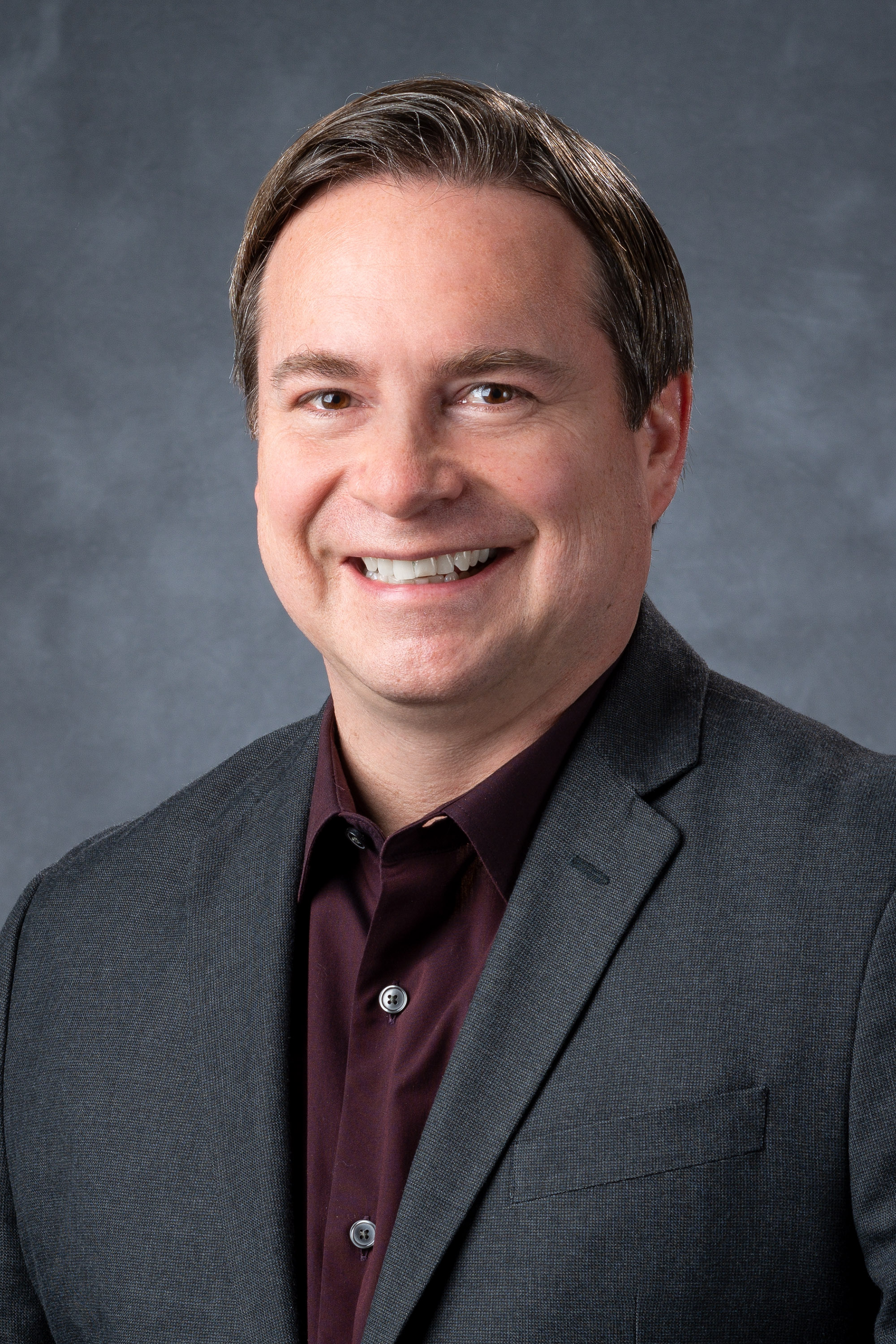Abstract
Glioblastoma (GBM) surrounds itself with an immunosuppressive tumor microenvironment (TME) enriched for tumor-supportive microglia (MG), tumor-associated macrophages (TAM) and myeloid-derived suppressor cells (MDSC) but lacking in T cells and functional antigen-presenting cells (APC). Beyond these well-described obstacles, T cells targeting GBM also face unique challenges both in trafficking from the cervical nodes to sites of malignancy and in overcoming immunosuppressive signals within the TME. We refer the dense web of immunosuppressive GBM myeloid stroma composed of TAM, MDSC and MG collectively as glioma-associated myeloid cells (GAM). In patients, GBM has proven refractory to most immunotherapies including T cell checkpoint blockade. Although ultimately a failure of anti-GBM T cell immunity, our findings suggest that the immune suppressive, tumor-supportive phenotypic programming of the GAM compartment acts as the key driver of GBM immune privilege. GAMs suppress anti-tumor immunity through diverse mechanisms including nutrient consumption (e.g., Arg1, IDO), immune checkpoint ligand expression (e.g., PD-L1, VISTA), and secretion of angiogenic, immune suppressive growth factors (e.g., VEGF, PDGF). Equally crippling to tumor immunity is the absence of innate immune activation in this compartment which results in a lack of tumor antigen cross-presentation (Signal 1), co-stimulatory molecule expression (Signal 2), and inflammatory cytokine production (Signal 3). We have now shown that by activating the innate immune sensor pathway known as the Stimulator of Interferon Genes (STING), it is possible to restore pro-inflammatory, immune-supportive programming to GAMs. This approach appears to have remarkable therapeutic benefit against both murine and canine glioblastoma tumors.
Speaker Bio
Dr. Curran received a Ph.D. in Immunology from Stanford University where he was awarded the McDevitt prize for the best graduate thesis in his year. Dr. Curran was the first recipient of the prestigious American Cancer Society Levy Fellowship to fund his post-doctoral studies in the lab of Dr. James P. Allison. While pursuing his postdoctoral studies at Memorial Sloan-Kettering Cancer Center, Dr. Curran published several influential manuscripts describing how T cell co-stimulatory pathways could be modulated in tandem to mediate immunologic rejection of melanomas in mice. Dr. Curran was the first to describe how combination blockade of the T cell co-inhibitory receptors CTLA-4 and PD-1 promoted the rejection of a majority of murine melanomas – a combination that remains the most effective FDA-approved immunotherapy. At the MD Anderson Cancer Center, Dr. Curran is an Associate Professor of Immunology and his Lab seeks to discover the underlying mechanisms of immune resistance in the “coldest” tumors, pancreatic and prostate adenocarcinoma and glioblastoma, so that rational therapeutic interventions can be developed to restore T cell infiltration and sensitivity to T cell checkpoint blockade. This research focuses on normalization of tumor oxygen metabolism to increase T cell metabolic fitness, activation of innate pro-inflammatory immune sensors capable of re-programming tumor myeloid stroma, and on discovery of novel immune checkpoint antibodies capable of depleting stromal elements responsible for T cell exclusion and function suppression.
